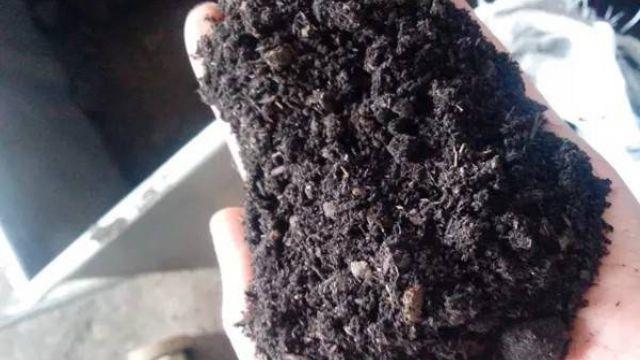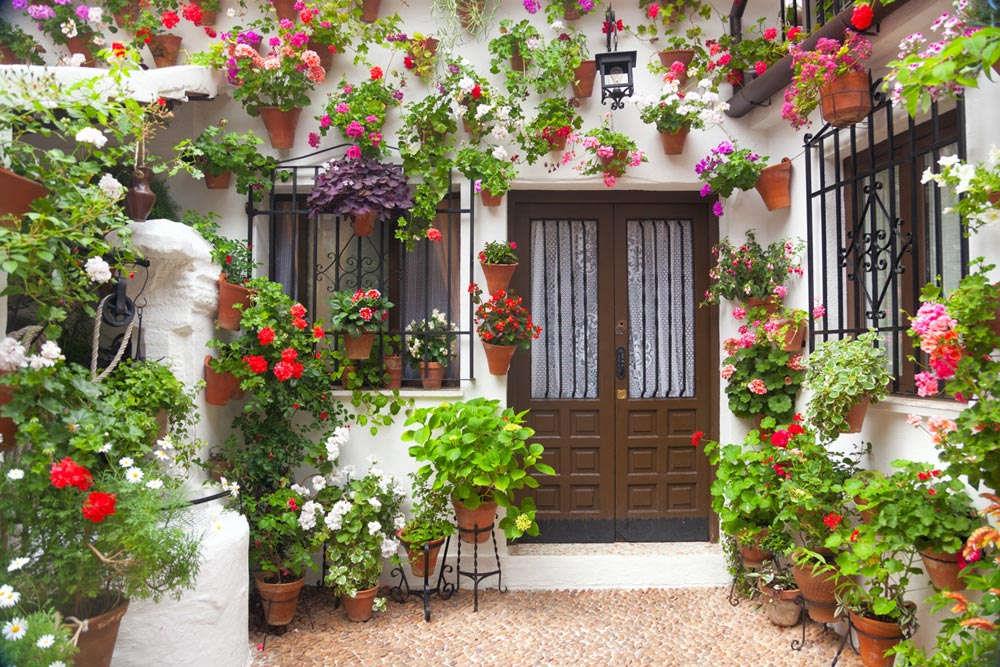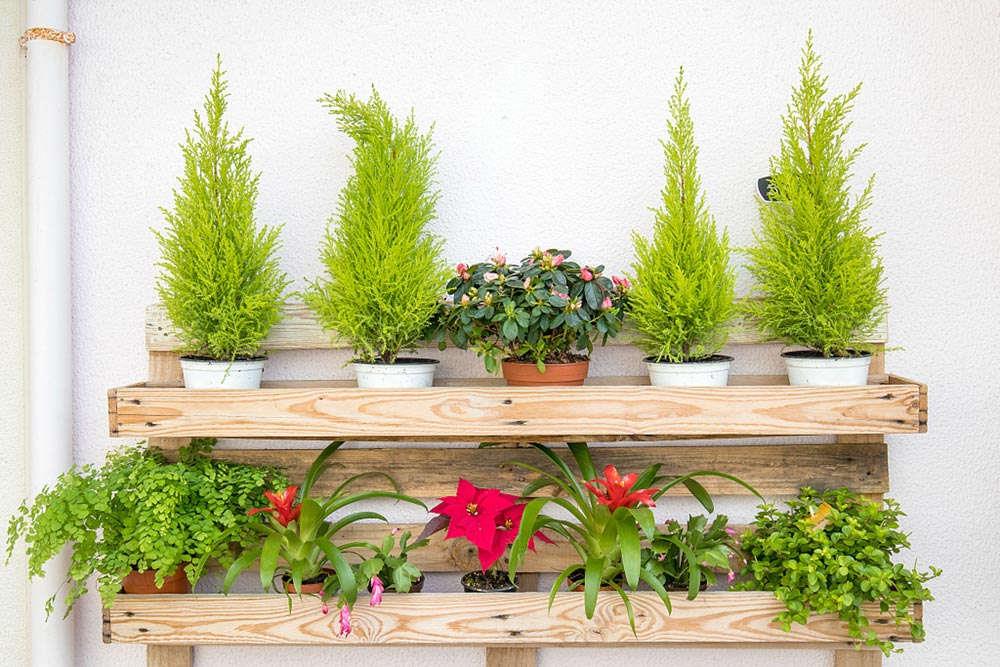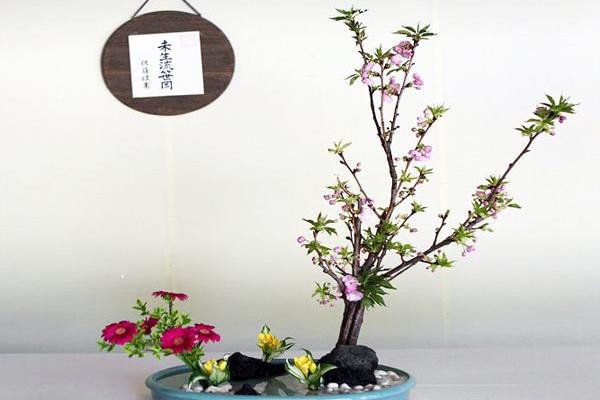The difference between organic fertilizer and inorganic fertilizer
Last Update :2024.11.06
Article Catalog
Organic fertilizer, also known as farmyard manure, is made by fermenting animal and plant residues, such as cake fertilizer, animal offal, animal manure, bone meal, plant ash, etc. It contains a large amount of nitrogen, phosphorus and potassium elements and must be fully decomposed before application. Inorganic fertilizers are chemical fertilizers. They have a high concentration and need to be diluted when applied. Inorganic fertilizers are generally used for indoor flower cultivation.

Organic Fertilizer
Organic fertilizer
Organic fertilizer is also called farmyard manure. What is farmyard manure? Generally speaking, it is made by fermenting animal and plant residues.
What are the common organic fertilizers:
Cake fertilizer, animal offal, animal manure, bone meal, plant ash, etc.

The sources of these fertilizers are very wide and easy to collect. Fertilizers It contains a large amount of nitrogen, phosphorus and potassium elements, which are needed for plant growth.

Key points for applying organic fertilizers:
The fertilizer effect of organic fertilizer is relatively slow, but it is simple to apply. Just pay attention to one thing: it must be fully decomposed, otherwise the seedlings will burn, and in severe cases, the plants will be burned to death, so be sure to remember this.

Inorganic fertilizer
In simple terms , Inorganic fertilizer refers to chemical fertilizer.
For example, we often talk about urea, which everyone is familiar with, and ammonium sulfate. These are nitrogen fertilizers that can promote the growth of plant leaves. There are also calcium phosphate and phosphate rock powder, which are phosphate fertilizers that can improve the resistance of plants and promote flower bud differentiation. Furthermore, potassium chloride and potassium sulfate, common potash fertilizers, can promote the growth of plant roots.

Key points for the application of inorganic fertilizers:
Inorganic fertilizer has a fast fertilizer effect and does not have a strong smell like organic fertilizer, but its concentration is high. Be sure to pay attention to dilution when applying, otherwise, the seedlings will burn in minutes.

Inorganic fertilizer application is more targeted, such as foliage plants You can apply more nitrogen fertilizer, more phosphorus fertilizer during the flower bud differentiation period, and more potassium fertilizer if you want the root system to grow strong. In addition, there are special flower fertilizers, such as special fertilizer for clivia and special fertilizer for azalea, which are very convenient and simple.

Do we usually choose organic fertilizer or inorganic fertilizer when growing flowers? Woolen cloth?
Generally, when growing flowers indoors, inorganic fertilizers are chosen. Why do we choose inorganic fertilizers because they tend to harden the soil? This is mainly because the smell of organic fertilizers is too great/(ㄒoㄒ)/~ ~, of course it still depends on personal choice.

Okay, let me introduce this to everyone today. If you have anything you want to know or don’t understand, please reply in the comments~
Inorganic fertilizer
- END -
Is it good feng shui to keep gardenias at home?

In Feng Shui, gardenias can clear the heart and protect kind people, so it is good...
The style characteristics of oriental flower arrangement

The art of flower arrangement adds fun to people's lives and is deeply loved by pe...